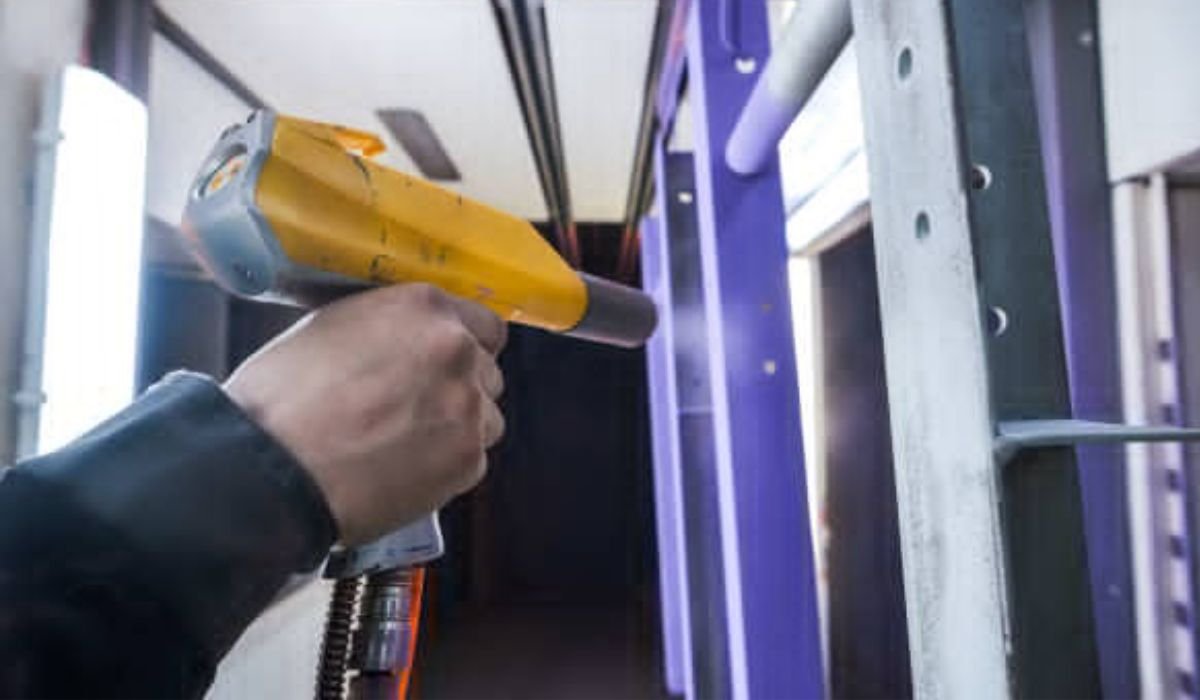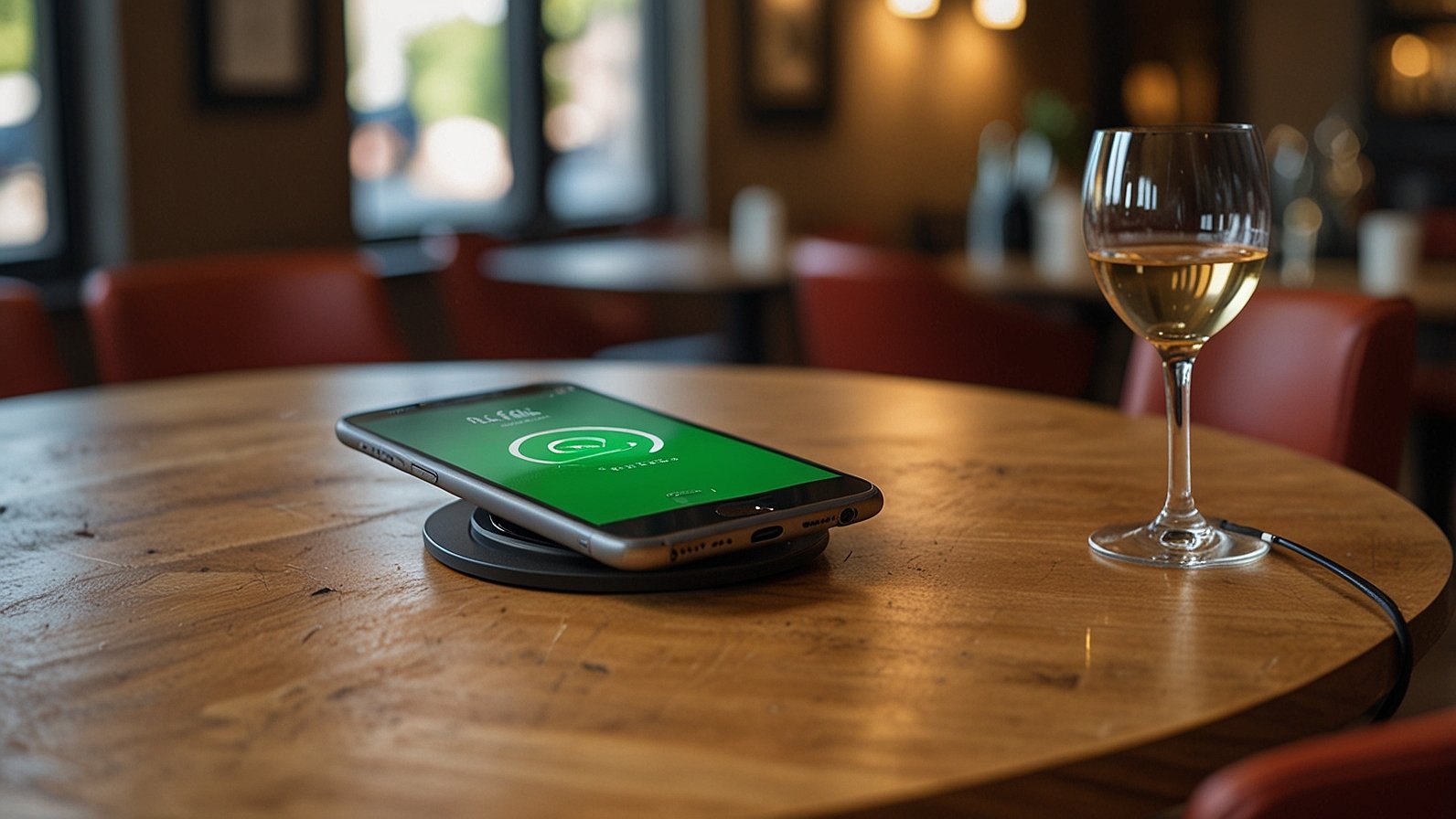The phrase “influencers gone wild” floods social media whenever creators cross lines for attention. Imagine someone eating detergent pods, faking crimes, or dangling from skyscrapers—all documented for millions. This viral catchphrase perfectly captures the chaos when digital fame spirals into reckless territory. Originally tied to celebrity mishaps, it now defines everyday creators sacrificing safety and ethics for virality. As platforms like TikTok and Instagram dominate youth culture, the pressure to stand out fuels increasingly extreme behavior. This article dives deep into why influencers risk everything, the real-world fallout, and what it means for our digital future.
The Rise of Influencer Culture: From Hobby to High-Stakes Career
Social media transformed ordinary people into global celebrities almost overnight. Early YouTube stars like PewDiePie built empires through gaming videos, while Instagram lifestyle gurus monetized perfectly curated photos. Suddenly, anyone could become famous without traditional gatekeepers. Consequently, millions pursued influencing as a full-time career, drawn by flexible work and massive earnings. Today, top creators rival A-list celebrities in income and reach. For instance, MrBeast earns over $50 million annually from YouTube alone.
However, this gold rush created intense competition. With over 200 million content creators globally, standing out demands constant innovation—or shock value. Platforms reward engagement above all, meaning outrageous acts often outperform thoughtful content. As a result, creators feel pressured to escalate stunts. Additionally, brands fuel this cycle by sponsoring controversial figures who generate buzz. This ecosystem traps influencers in a dangerous loop: push boundaries or become irrelevant.
Key Drivers Behind Influencer Career Growth
| Era | Platform Focus | Monetization Methods | Follower Expectations |
|---|---|---|---|
| 2010-2015 | YouTube & Blogs | Ad revenue, product reviews | Authenticity, relatability |
| 2016-2020 | Instagram & Snapchat | Sponsored posts, affiliate links | High-quality visuals, aspirational lifestyles |
| 2021-Present | TikTok & Short-Form Video | Brand deals, live gifts, subscriptions | Constant novelty, extreme/emotional content |
Defining influencers gone wild: Shock Value as Strategy
When we say “influencers gone wild,” we mean calculated chaos. These aren’t accidental scandals—they’re deliberate plays for algorithms craving controversy. Common tactics include dangerous challenges (like the “Tide Pod Challenge”), staged public meltdowns, or hate-baiting rival creators. For example, influencer Logan Paul filmed a suicide victim in Japan’s “Suicide Forest,” sparking global fury. Similarly, TikToker Brittany Dawn faked cancer diagnoses for donations.
Three patterns define this phenomenon:
- Physical Extremes: Parkour on moving trains or consuming absurdly spicy foods
- Moral Boundaries: Scamming followers, inciting online harassment
- Fabricated Drama: Fake relationships, feuds, or pregnancies
Crucially, these acts prioritize engagement over authenticity. One study found controversy-driven posts gain 300% more shares than positive content. Thus, creators weaponize outrage because it works—until it backfires spectacularly.
Why Influencers Go Rogue: The Psychology Behind the Chaos
What drives seemingly rational people to such extremes? First, financial pressure plays a huge role. Mid-tier creators often earn under $25k yearly despite massive effort. When rent is due, a risky stunt can seem like a quick fix. For instance, YouTuber Nikocado Avocado’s descent into mental and physical breakdowns fueled a 500% subscriber surge.
Second, dopamine addiction locks creators into escalation. Each viral hit provides a neurological high, requiring bigger thrills over time. Neuroscientists compare this to substance dependence—the brain’s reward system demands constant reinforcement.
Third, algorithmic bias actively promotes chaos. Platforms like TikTok amplify content that triggers strong reactions (anger, shock) because it keeps users scrolling. A 2023 MIT study confirmed controversial videos reach 10x more people than neutral posts. Thus, creators learn that “wild” equals visibility.
Motivations Behind Extreme Influencer Behavior
| Motivation | How It Manifests | Short-Term Outcome | Long-Term Risk |
|---|---|---|---|
| Financial Pressure | Sponsored dangerous stunts, selling fake products | Revenue spike from views/sales | Legal action, permanent bans |
| Algorithm Gaming | Over-the-top reactions, clickbait titles | Viral surge, follower growth | Audience burnout, platform penalties |
| Psychological Dependence | Chasing viral “highs,” ignoring health | Temporary fame boost | Mental health crises, physical harm |
Real-World Consequences: When Stunts Derail Lives
The fallout from “influencers gone wild” extends far beyond canceled sponsorships. Physically, challenges like the “Outlet Challenge” (inserting phone chargers into mouths) caused severe burns and seizures. Psychologically, creators face breakdowns from constant performance pressure. Tragically, influencers like Russian model Ekaterina Karaglanova died during extreme photo shoots.
Legally, many cross into criminal territory. TikToker Ava Louise was arrested for licking airplane toilet seats during COVID, while YouTuber Austin McBroom faces fraud charges over a $100 million charity scam. Audiences suffer too—especially children copying stunts. After influencer Faze Kay’s “fire challenge” video, ER visits for teen burns spiked 30%.
Platforms occasionally intervene, but penalties remain inconsistent. While Instagram bans hate speech, it rarely removes dangerous pranks unless they cause death. This reactive approach leaves users unprotected until tragedy strikes.
The Audience’s Role: How Our Clicks Fuel the Fire
We can’t blame creators alone—every view, share, and comment incentivizes chaos. Humans naturally fixate on train wrecks; psychologists call this “negativity bias.” Thus, a video of an influencer fighting in a supermarket gets 5x more engagement than their cooking tutorial. Furthermore, anonymous commenting enables brutal harassment that pushes creators toward defensive extremes.
Notably, younger audiences are most vulnerable. Teens’ developing brains struggle to distinguish staged chaos from reality. After the “Blackout Challenge” (strangulation for a high), 15 children died imitating TikTok clips they thought were safe. Parents rarely monitor every video, and platform age gates fail consistently.
Taming the Wild: Solutions for a Healthier Digital Ecosystem
Fixing this crisis requires action from all sides. Platforms must overhaul algorithms to demote harmful content instead of profiting from it. TikTok’s recent “break reminder” pop-ups are a start, but real change means weighting safety over watch time. Brands also share responsibility—many still partner with controversial figures for clout. Pressure from consumers can force ethical sponsorship standards.
Governments are stepping up too. The UK’s Online Safety Bill fines platforms hosting dangerous challenges, while California mandates content moderation transparency. Creators themselves can lead by example. Influencers like Emma Chamberlain prove authenticity builds loyal audiences without gimmicks.
Ultimately, audiences hold the most power. Unfollowing toxic creators, reporting harmful content, and supporting positive voices shifts the incentive structure. If “wild” stops working, it stops happening.
Conclusion: Breaking the Cycle of Digital Extremes
The “influencers gone wild” phenomenon reveals social media’s dangerous flaw: rewarding chaos over substance. As stunts grow more extreme for diminishing returns, everyone loses—creators face burnout, audiences risk harm, and trust erodes. Yet this isn’t inevitable. By demanding accountability from platforms, supporting ethical creators, and consuming consciously, we can foster a digital world where authenticity outshocks outrage. The wildest thing influencers could do? Keep it real.
FAQs
Q: What does “influencers gone wild” actually mean?
A: It’s a viral term for influencers doing outrageous things (like dangerous stunts or fake scandals) purely to gain attention online—not a formal group or trend.
Q: Why would influencers take such big risks?
A: Mostly for money and fame. Controversial content often gets more views, leading to higher ad revenue and sponsorships, especially in oversaturated markets.
Q: Do social media platforms ban “wild” behavior?
A: Sometimes, but inconsistently. Platforms often remove deadly challenges (like the “Tide Pod Challenge”) only after injuries occur, not proactively.
Q: Can influencers face legal trouble for extreme stunts?
A: Absolutely. Many face lawsuits, fines, or arrests for property damage, fraud, or endangering public safety during staged incidents.
Q: How can audiences discourage harmful content?
A: By refusing to engage—don’t watch, share, or comment on risky stunts. Support creators who prioritize safety and report dangerous videos immediately.
YOU MAY ALSO LIKE: AndyWarhella: The AI Art Movement Rewriting Warhol’s Legacy for the TikTok Generation











